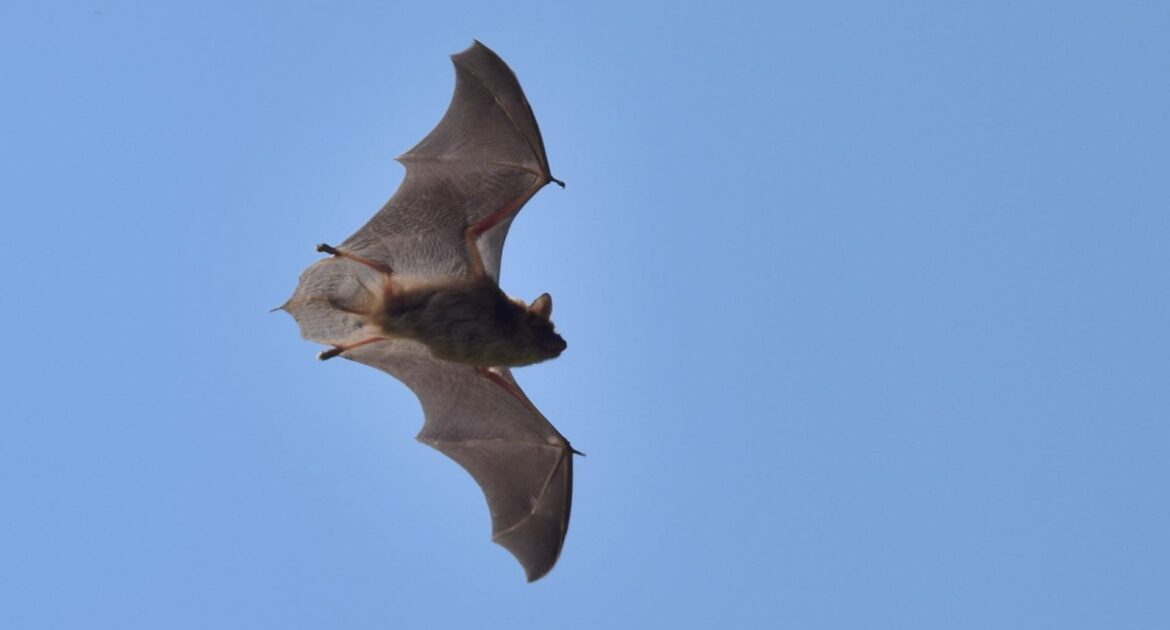Bats are best known as the only mammals that can truly fly, but do bats swim as well? Bats have the capability to swim, but it appears to be something that they only do out of necessity. Bats do not seem to like the water very much. Not only do they avoid swimming if they can help it, but they also seem to avoid flying in the rain. Knowing about their behaviour helps you to understand better how to get rid of bats.
Why Do Bats Swim?
Bats’ domain is in the air. Though they are able to swim, they don’t seem to be very comfortable in the water and don’t seek it out. However, sometimes a bat ends up in the water accidentally.
For example, bats need to drink water just as other animals do. Because they aren’t made for crawling on the ground, they swoop down while flying to take a sip. If a bat accidentally becomes submerged while taking a drink of water, it can swim to shore, which it will do directly.
It is rare for a bat to fall from its perch when it is roosting. Bats have tendons in their feet that cause their feet to grip automatically when they hang upside down. Nevertheless, bats have been known to get blown from their roosts during bad weather. If they happen to land in water, they will swim to the side as quickly as they can.
While bats can swim in urgent situations such as these, it is not considered normal behaviour for them.
How Do Bats Swim?
You might think that a bat’s wings would hamper it in the water. However, it appears that they work a bit like flippers, moving water to help propel the bat forward. Both air and water flow according to fluid dynamics, and it appears that a bat in water makes motions similar to what it would use to fly in the air, though perhaps slower when swimming. A bat’s instinctive swimming motions bear resemblances to both the breaststroke and the butterfly stroke. Of course, human swimmers have to learn to carry out these motions, but bats just do them naturally. Bats may not like swimming, but their movement in the water is effective in that it gets them where they want to go, which is out of the water as soon as possible.
Do Bats Fly in the Rain?
Bats really don’t seem to like getting wet at all. Flying seems to be more difficult for them when their bodies are soaking wet, so they tend not to fly in heavy rain, though they may venture out during a light drizzle.
Scientific research shows that bats expend more energy flying when their bodies are wet than when they are dry. It is not entirely clear why that is, but researchers theorize that wet fur may make them less aerodynamic or that the moisture cools their bodies, making it harder to stay warm.
Why Should You Call Skedaddle for Professional Bat Removal in Durham?
Most bat species are not as vicious as they are reputed to be, but a frightened bat may bite and scratch in self-defence. Bats are frequent carriers of rabies, and attempting to handle them yourself could expose you to the deadly virus.
Professional removal is also better for the bats themselves. Due to a combination of factors, including disease and habitat loss, bat populations are declining at an alarming rate. Bats play an important role in agriculture by pollinating food crops and eating insect pests. For these reasons, it is now illegal to harm bats, and professional bat removal near me is a must.
In compliance with applicable laws, our technicians in Durham are trained in the humane removal of bats from residential and commercial properties. Find out more about our process.




